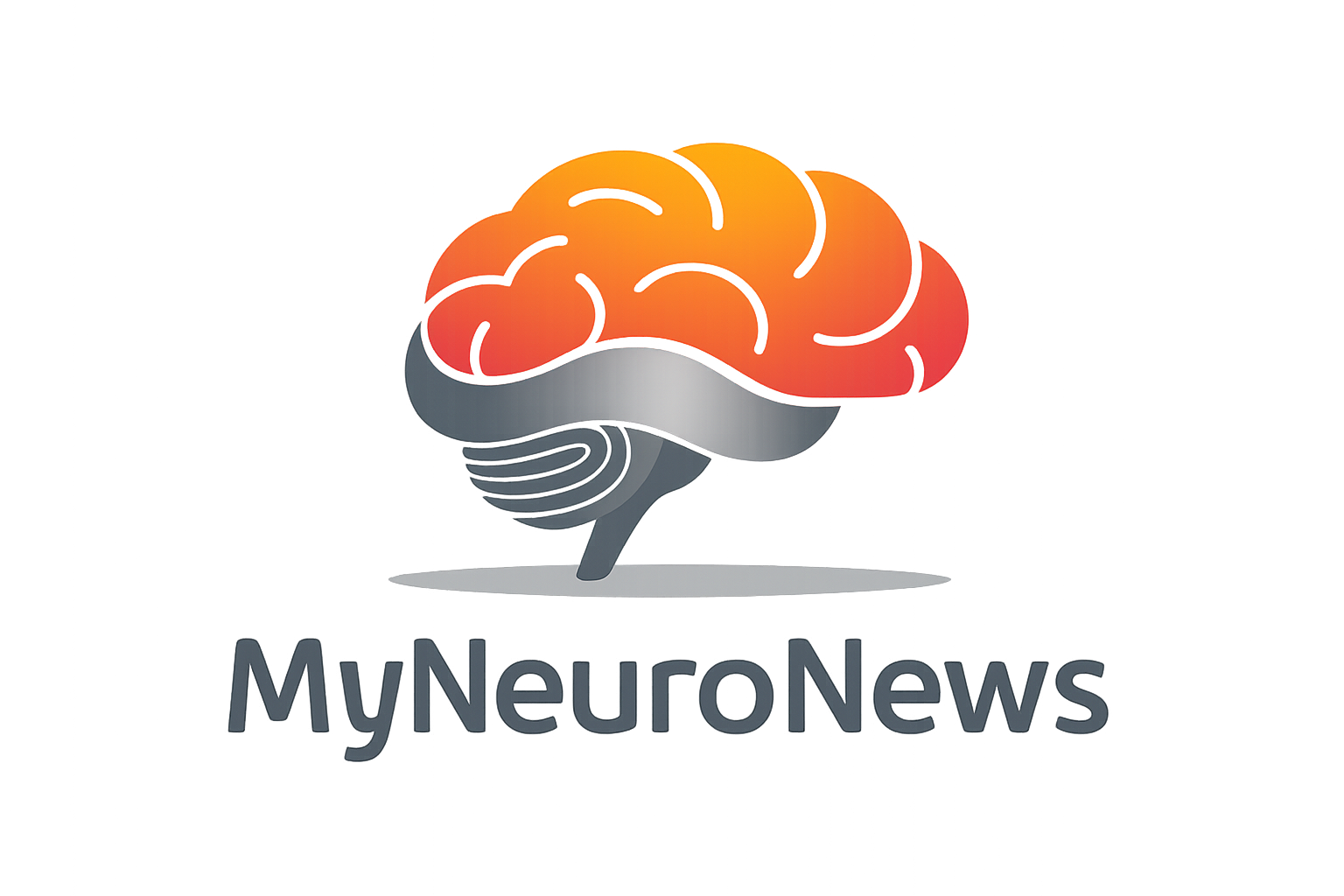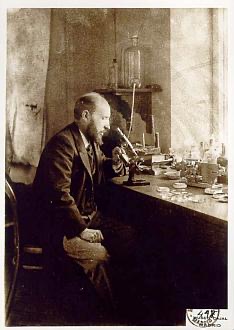Santiago Ramón y Cajal is one of the most significant figures in the history of neuroscience. Often referred to as the “father of modern neuroscience,” his pioneering work in the late 19th and early 20th centuries revolutionized our understanding of the brain. His insights, artistic representations of neurons, and groundbreaking theories laid the foundation for much of what we know today about the structure and function of the nervous system. This article explores his life, work, and enduring impact on neuroscience.
Early Life and Education
Santiago Ramón y Cajal was born on May 1, 1852, in Petilla de Aragón, a small village in northeastern Spain. From an early age, Cajal displayed a rebellious and adventurous spirit, often getting into trouble with authority figures. He had a passion for drawing, which later proved instrumental in his scientific work. Although his father, an anatomy professor, hoped Santiago would pursue medicine, the young Ramón y Cajal initially struggled in school, showing more interest in artistic endeavors.
Cajal eventually followed in his father’s footsteps and enrolled in medical school at the University of Zaragoza. It was there that his fascination with anatomy began to flourish. After graduating in 1873, Cajal served as a medical officer in the Spanish military, during which time he was posted to Cuba, where he contracted malaria and tuberculosis. This experience marked a turning point in his life, fueling his determination to focus on scientific inquiry.
Scientific Journey and the Discovery of the Neuron
Santiago Ramón y Cajal’s scientific career truly took off when he accepted a position as a professor of anatomy at the University of Zaragoza. It was here that he began to investigate the structure of the nervous system, a field that was poorly understood at the time. Using a newly developed staining technique by Camillo Golgi, an Italian scientist, Cajal was able to visualize individual neurons. The Golgi stain, which used silver nitrate to highlight neurons, allowed Cajal to observe the fine details of brain cells, something that had been nearly impossible before.
Although Golgi himself believed in the “reticular theory” of the nervous system, which posited that neurons formed a continuous network, Cajal’s observations led him to a radically different conclusion. He proposed what became known as the “neuron doctrine,” which stated that the nervous system is composed of individual, discrete cells (neurons) that communicate with one another but do not physically fuse into a single network. This idea challenged the prevailing scientific beliefs of the time and sparked a major paradigm shift in the study of the brain.
Cajal’s meticulous and beautifully detailed drawings of neurons and their complex branching structures, which he called “dendrites,” provided visual evidence for his theory. His work demonstrated that neurons were the basic functional units of the nervous system and that they transmitted signals through specialized connections called synapses. Cajal also described various types of neurons and their functions, laying the groundwork for the field of neuroanatomy.
Key Contributions to Neuroscience
Santiago Ramón y Cajal’s contributions to neuroscience are vast, but several of his key findings stand out as transformative:
- Neuron Doctrine: Cajal’s most significant contribution was the discovery that neurons are individual cells that communicate with one another. This breakthrough formed the basis of modern neurobiology, emphasizing the role of neurons as the fundamental units of the brain and nervous system.
- Synaptic Transmission: Although Cajal did not directly discover synapses (the term was coined later by Charles Sherrington), his observations showed that neurons transmit information across gaps rather than through continuous networks. His insights laid the foundation for understanding synaptic communication, which is now recognized as essential for brain function.
- The Law of Dynamic Polarization: Cajal proposed that electrical signals in neurons travel in one direction, from the dendrites to the cell body and then down the axon toward the synapse. This concept is critical for understanding how neurons process and transmit information.
- Neuronal Plasticity: Decades before the term “neuroplasticity” was coined, Cajal suggested that neural connections could change and adapt in response to experience, a concept now central to our understanding of learning, memory, and brain injury recovery.
- Artistic Depictions of Neurons: Cajal’s skill as an artist allowed him to create some of the most detailed and accurate drawings of neurons ever made. These illustrations were not only scientifically important but also served as valuable educational tools for future generations of neuroscientists. His drawings are still used in textbooks and scientific literature today.
The Nobel Prize and Recognition
In 1906, Santiago Ramón y Cajal was awarded the Nobel Prize in Physiology or Medicine, sharing it with Camillo Golgi, whose staining technique made Cajal’s discoveries possible. While the two scientists were awarded for their work on the structure of the nervous system, their views remained fundamentally opposed, with Golgi still supporting the reticular theory and Cajal championing the neuron doctrine.
Cajal’s Nobel Prize was a recognition not only of his extraordinary scientific achievements but also of his relentless determination in the face of skepticism and opposition from many in the scientific community. His work established him as a pioneering figure in neuroscience, and his contributions are still celebrated today.
Impact on Modern Neuroscience
Santiago Ramón y Cajal’s work laid the foundation for the modern study of the brain and nervous system. His neuron doctrine remains one of the cornerstones of neuroscience, and many of his discoveries are fundamental to our understanding of brain function.
- Neuroanatomy and Neural Networks: Cajal’s work on the structure of neurons has provided the basis for the detailed mapping of the brain’s neural networks. Modern techniques such as neuroimaging and molecular biology have built upon his findings, enabling scientists to explore how neural circuits contribute to behavior, cognition, and disease.
- Neuroplasticity: Cajal’s early ideas about the brain’s ability to adapt and change in response to experience have been expanded into the field of neuroplasticity. This concept is now recognized as a critical aspect of brain development, learning, and recovery from injury or illness. Research on neuroplasticity has led to advances in stroke rehabilitation, cognitive training, and therapies for neurodegenerative diseases.
- Synaptic Transmission: Cajal’s work on synapses set the stage for the discovery of neurotransmitters and the understanding of how chemical signaling occurs between neurons. This has profound implications for the study of mental health disorders, neuropharmacology, and the development of drugs targeting the brain’s chemical systems.
- Brain Diseases and Disorders: Understanding the structure and function of neurons has been essential for developing treatments for neurological and psychiatric disorders, such as Alzheimer’s disease, epilepsy, Parkinson’s disease, and schizophrenia. Cajal’s insights into the structure of the nervous system have enabled researchers to better understand how these diseases affect the brain and develop strategies for intervention.
Legacy
Santiago Ramón y Cajal passed away on October 17, 1934, but his legacy continues to inspire neuroscientists around the world. His contributions to our understanding of the brain’s structure and function were groundbreaking and remain the foundation of modern neuroscience. Beyond his scientific contributions, Cajal’s life story exemplifies the importance of perseverance, creativity, and passion in the pursuit of knowledge.
Cajal’s work revolutionized our understanding of how the brain is organized and how neurons communicate, and his theories continue to shape the way we think about the brain today. His artistic ability allowed him to illustrate the intricate beauty of the nervous system, bringing abstract concepts to life and making the invisible world of neurons accessible to future generations of scientists.
In many ways, the modern era of neuroscience—with its advanced technologies and rapidly expanding understanding of brain function—owes its existence to Cajal’s early insights. His work is a reminder of the power of observation, creativity, and scientific inquiry, and his influence will continue to shape neuroscience for generations to come.
Key Takeaways of Santiago Ramón y Cajal’s Contributions to Neuroscience:
- Discovery of neurons as individual, discrete cells (neuron doctrine).
- Identification of synapses as the junctions between neurons.
- Pioneering insights into the directional flow of electrical signals in neurons.
- Early recognition of the brain’s plasticity.
- Created detailed illustrations of neurons that are still used today.
- Shared the Nobel Prize in 1906 for his contributions to neuroanatomy.

